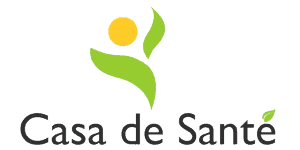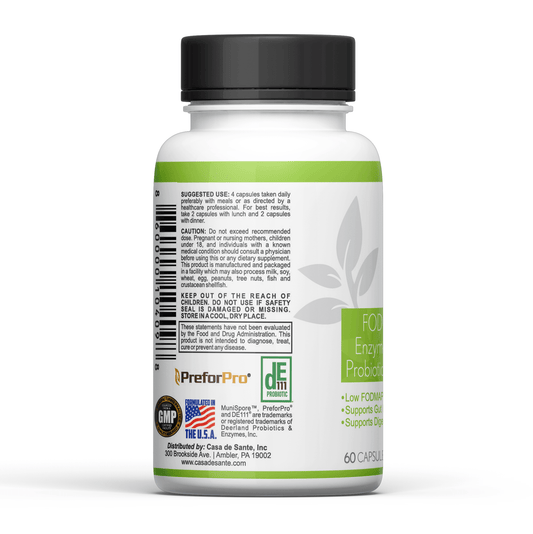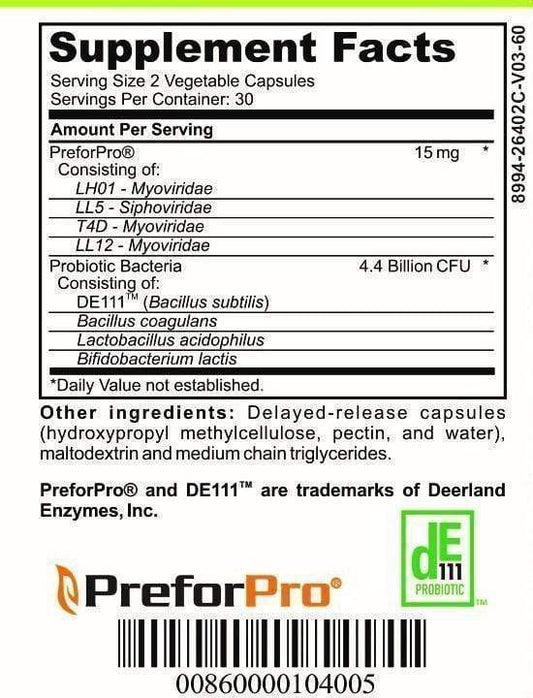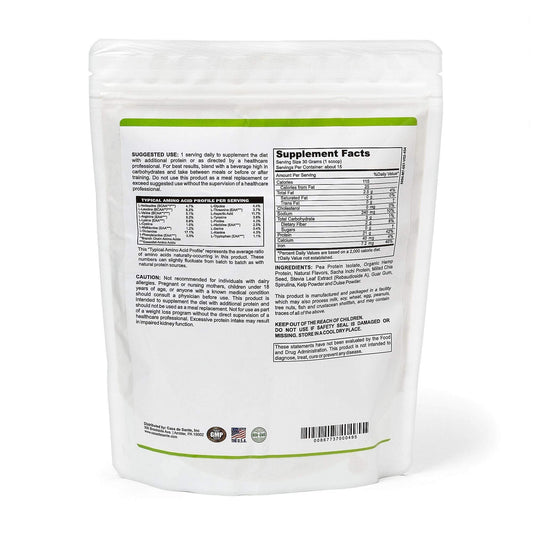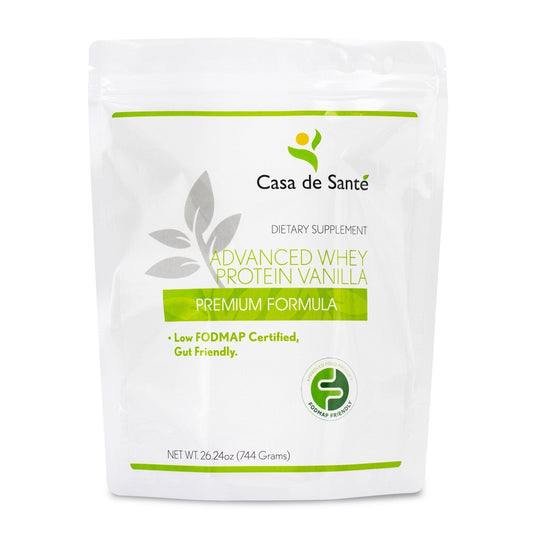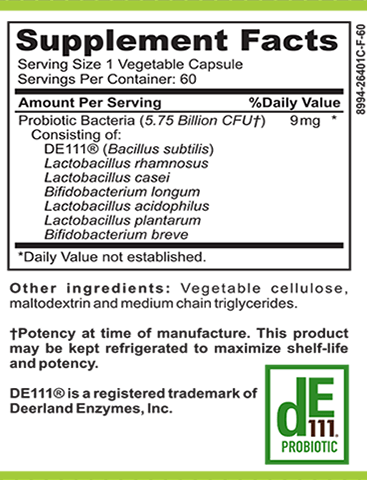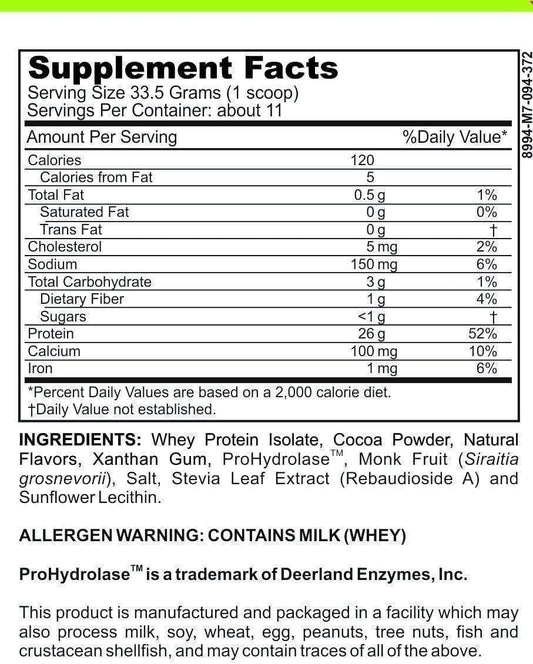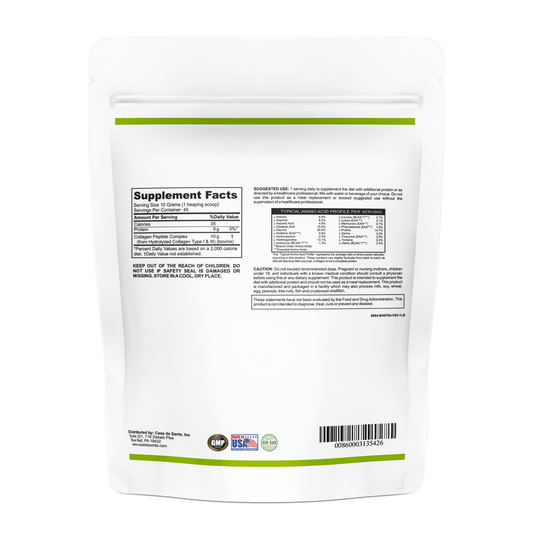Is Skim Milk Gluten Free
Gluten has become a buzzword in recent years, as more and more people are adopting gluten-free diets. But what exactly is gluten, and is it present in skim milk, one of the most popular dairy products? In this article, we will explore the relationship between skim milk and gluten, shedding light on some important aspects that can help you make an informed decision about your dietary choices.
Understanding Gluten
To comprehend whether skim milk is gluten-free or not, it is crucial to have a clear understanding of what gluten actually is. Gluten is a protein found in various grains, including wheat, barley, and rye. It is responsible for the elasticity of dough and gives bread its characteristic chewy texture.
What is Gluten?
Gluten is a complex mixture of proteins, primarily composed of two main components: gliadin and glutenin. These proteins are responsible for the structure and texture of bread and other baked goods.
When flour is mixed with water, the gluten proteins form a network that traps air bubbles, allowing the dough to rise. This gives bread its light and fluffy texture. Without gluten, baked goods would be dense and crumbly.
Gluten is not only found in grains but can also be present in various processed foods. It is used as a thickening agent, stabilizer, and flavor enhancer in many products. This means that even foods that do not naturally contain gluten can still have it as an ingredient.
Foods Typically High in Gluten
In addition to wheat, barley, and rye, gluten can also be found in many other common foods, such as pasta, bread, pizza, cereals, and baked goods. These gluten-containing foods are staples in many people's diets, making it challenging for individuals with gluten sensitivities or celiac disease to find suitable alternatives.
It is important to note that gluten can even hide in unexpected places, like sauces, soups, and processed meats. These hidden sources of gluten can pose a risk to individuals who need to strictly avoid gluten in their diet.
Gluten-free diets have gained popularity in recent years, not only among individuals with celiac disease but also among those who believe it may have other health benefits. However, it is essential to understand that a gluten-free diet is necessary only for individuals who have been diagnosed with celiac disease or gluten sensitivity.
For individuals with celiac disease, consuming even small amounts of gluten can trigger an immune response that damages the small intestine. This can lead to various symptoms, including abdominal pain, bloating, diarrhea, and nutrient deficiencies.
When it comes to determining whether skim milk is gluten-free, it is important to consider the possibility of cross-contamination. While skim milk itself does not contain gluten, there is a risk of gluten exposure if it is processed or packaged in facilities that also handle gluten-containing products.
Manufacturers are required to label their products accurately, including any potential allergens such as gluten. Therefore, it is recommended to look for certified gluten-free labels or contact the manufacturer directly to ensure the safety of skim milk for individuals with gluten sensitivities or celiac disease.
The Basics of Skim Milk
Skim milk, also known as non-fat milk, is a type of milk that has had most of the fat removed. It is obtained by separating the fatty portion of milk through a centrifugal process.
The Process of Making Skim Milk
The process of making skim milk involves removing the cream from whole milk. This is typically done using a mechanical separator, which spins the milk at high speeds, causing the cream to separate from the skim milk.
Once the milk is obtained from cows, it undergoes several steps to become the skim milk we find in stores. First, the milk is pasteurized to kill any harmful bacteria. This is done by heating the milk to a specific temperature and then rapidly cooling it. Pasteurization ensures that the milk is safe for consumption.
After pasteurization, the milk is then sent through a separator. This machine uses centrifugal force to separate the cream from the milk. The milk is spun at high speeds, causing the heavier cream to move towards the outer edge of the separator, while the skim milk remains in the center.
Once the cream is separated, it is collected and used to make other dairy products such as butter or cream. The skim milk, on the other hand, goes through another process called homogenization. Homogenization is the process of breaking down the fat globules in the milk to create a more uniform texture. This helps prevent the cream from rising to the top of the milk.
Finally, the skim milk is packaged and ready for consumption. It is often sold in cartons or plastic bottles, and can be found in most grocery stores. Skim milk has a slightly thinner consistency compared to whole milk, but it still retains the essential nutrients found in milk.
Nutritional Profile of Skim Milk
Skim milk is known for its low fat content, making it a popular choice for those looking to reduce their calorie and fat intake. It is also a good source of protein, calcium, and essential vitamins such as vitamin D and vitamin B12.
Protein is an important nutrient for building and repairing tissues in the body. Skim milk contains about 8 grams of protein per cup, making it a suitable option for those who need to meet their daily protein requirements. Additionally, skim milk is a good source of calcium, which is essential for maintaining strong bones and teeth.
Vitamin D is another important nutrient found in skim milk. This vitamin helps the body absorb calcium and plays a crucial role in bone health. It is also involved in immune function and cell growth. Vitamin B12, on the other hand, is necessary for the production of red blood cells and proper nerve function.
Skim milk is a versatile ingredient that can be used in various recipes. It can be used to make smoothies, soups, or even as a substitute for whole milk in baking. Its low fat content makes it a healthier option without sacrificing taste or nutritional value.
In conclusion, skim milk is a popular choice for those looking to reduce their fat intake while still enjoying the benefits of milk. The process of making skim milk involves separating the cream from whole milk through a mechanical separator. Skim milk is a good source of protein, calcium, vitamin D, and vitamin B12. It is a versatile ingredient that can be used in a variety of recipes. So, the next time you're at the grocery store, consider adding skim milk to your shopping cart for a healthier choice.
Investigating the Gluten Content in Skim Milk
Given that gluten is typically found in grains, it may come as a surprise to learn that skim milk itself does not naturally contain gluten. However, there are certain factors that could potentially introduce gluten into skim milk.
Let's delve deeper into the ingredients of skim milk to understand why it is considered gluten-free. Skim milk is usually made up of just two ingredients: milk and vitamin A palmitate. Milk, which is derived from mammals such as cows, goats, or sheep, does not contain gluten. It is a rich source of essential nutrients like calcium, protein, and vitamins. Vitamin A palmitate, a synthetic form of vitamin A, is added to skim milk to enhance its nutritional value. Neither of these ingredients contains gluten, making skim milk gluten-free by nature.
However, it is important to note that while skim milk does not inherently contain gluten, there is a possibility of cross-contamination from other sources. This potential risk arises when a facility processing the skim milk also handles gluten-containing products.
Let's explore the potential sources of gluten in dairy products to better understand this risk. Dairy products, including skim milk, are often processed in facilities that handle a variety of food items. These facilities may produce or process products that contain gluten, such as bread, cereals, or baked goods. If proper precautions are not taken to prevent cross-contamination, there is a slight risk of unintended gluten contamination in skim milk.
Manufacturers of dairy products are aware of this risk and take measures to minimize cross-contamination. They follow strict protocols to ensure that equipment, utensils, and production lines are thoroughly cleaned and sanitized between different product runs. Additionally, some facilities have separate areas or dedicated production lines for gluten-free products to prevent any potential contamination.
It is also important for individuals with gluten sensitivities or celiac disease to read product labels carefully. Manufacturers are required to clearly label products that contain gluten or may have come into contact with gluten during production. By checking the labels of skim milk and other dairy products, individuals can make informed choices and select gluten-free options.
In conclusion, while skim milk itself does not contain gluten, there is a slight risk of unintended gluten contamination due to potential cross-contamination in processing facilities. By understanding the ingredients of skim milk and being aware of the potential sources of gluten, individuals can make informed decisions about including skim milk in their gluten-free diet.
Gluten Intolerance and Dairy Consumption
For individuals with gluten intolerance or celiac disease, consuming gluten can lead to various adverse effects. Although skim milk itself does not contain gluten, it is crucial for individuals with gluten sensitivity to ensure that their dairy products haven't been contaminated.
Symptoms of Gluten Intolerance
Gluten intolerance can manifest in various symptoms, including digestive issues such as bloating, abdominal pain, diarrhea, and even skin problems like rashes and itchiness. It is essential for those with gluten sensitivity to be diligent in avoiding gluten-containing foods.
Dairy Products and Celiac Disease
Celiac disease is an autoimmune disorder triggered by the ingestion of gluten. While gluten itself is not present in skim milk, individuals with celiac disease should be cautious about potential cross-contamination during the manufacturing and processing of dairy products.
To ensure the safety of dairy consumption for those with celiac disease, it is advisable to look for certified gluten-free labels on dairy products or choose brands that follow strict gluten-free manufacturing practices.
Other Dairy Alternatives for Gluten-Free Diets
Although skim milk is generally safe for individuals with gluten intolerance, some individuals may prefer to explore other dairy alternatives for various reasons. Luckily, there are several options available that cater to different dietary needs.
Almond Milk and Gluten
Almond milk is a popular choice for those following gluten-free diets. Made from ground almonds and water, it is naturally free from gluten and a good source of vitamin E and healthy fats. However, it is essential to select brands that explicitly state their gluten-free status since cross-contamination can occur during processing.
Soy Milk and Gluten
Soy milk, derived from soybeans, is another common dairy alternative. It is naturally gluten-free, making it a suitable choice for individuals with gluten intolerance. However, as with any processed food, it is important to read product labels carefully to ensure that no gluten-containing additives or cross-contamination has occurred.
In conclusion, skim milk itself does not contain gluten. However, individuals with gluten intolerance or celiac disease should be cautious about potential cross-contamination during the manufacturing process. It is always advisable to read product labels, choose certified gluten-free options, and consult with healthcare professionals for personalized dietary guidance.
